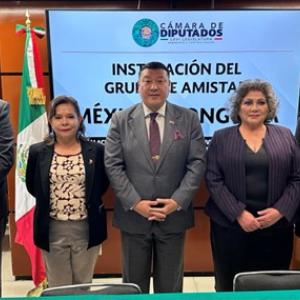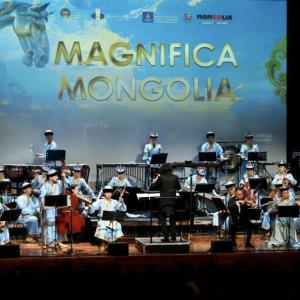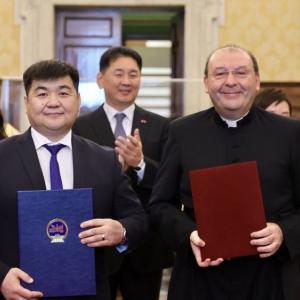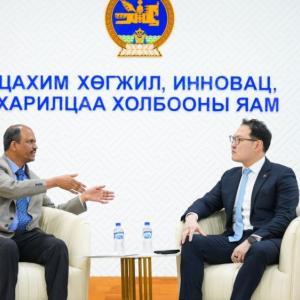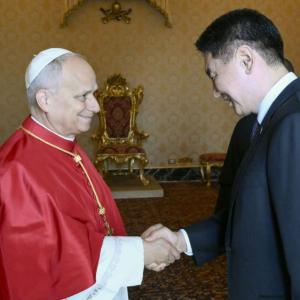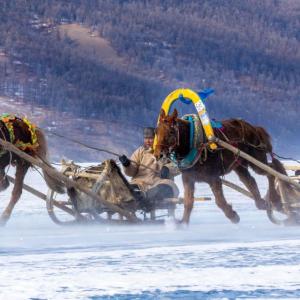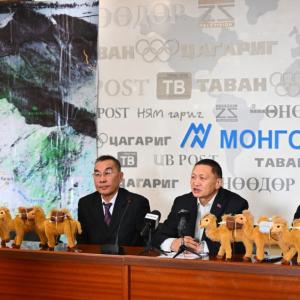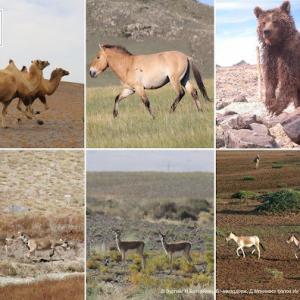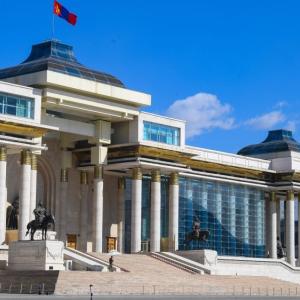‘Nomadic Mongolia-2022’ festival to be held in August
Art & Culture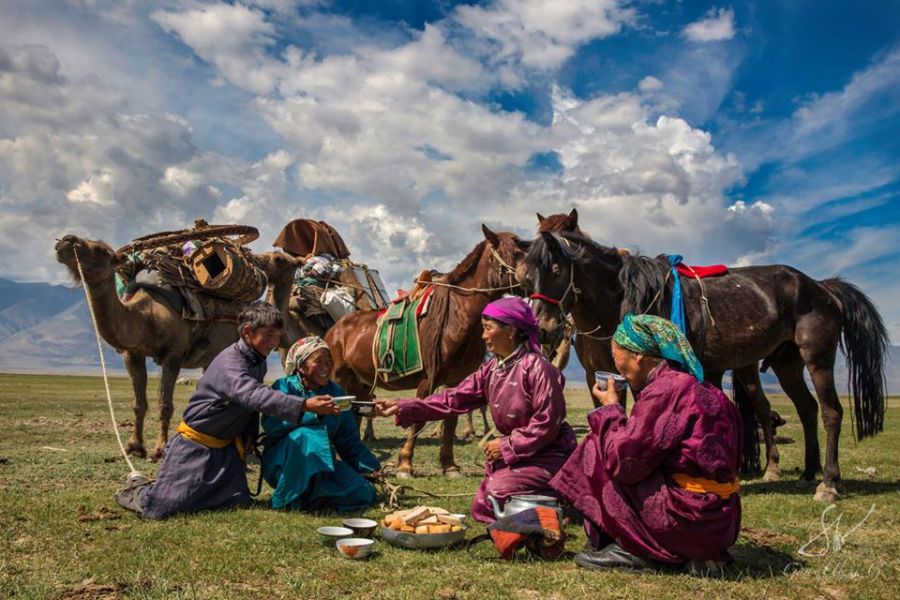
Ulaanbaatar /MONTSAME/.
‘Nomadic Mongolia – 2022’ grand festival of intangible cultural heritage will
be held on August 12-14, 2022 at the Gorkhi-Terelj National Park with aims to
promote 362 elements of intangible cultural heritage.
To ensure the
implementation of the measures and law set out in the cultural industry
development policy, preparations are underway to organize the festival. The
festival will be co-organized by the Ministry of Culture and the Department of
Culture and Arts, government implementing agency.
At the festival, folk
art performances and exhibitions of crafts will be organized by the inheritors
from 21 aimags and capital city. In addition, several activities to be held
such as competitions, creative cultural industry, trade fairs, dairy products
and traditional cuisine fair, art performances by the inheritors of national
intangible cultural heritage and children.
Intangible cultural
heritage is the origin of the existence, creativity, and development of every
nation, ethnic group, or community. It is an expression of the unique aspect of
human life, behavior and development, aside from being an important factor that
directly influences the civilizational and national security.
In this sense,
preserving the intangible cultural heritage is considered as one of pressing
issues faced by humanity, and it is still at the center of the world's
attention.
The ‘Law on the
Protection of Intangible Cultural Heritage’ states that intangible cultural
heritage is acknowledged by communities, ethnic groups, and individuals as a
part of their cultural heritage such as customs, form of expressing and
depicting, traditional knowledge, methods, and its associated items including
artifacts, instruments, works of art, and cultural spaces.
Mongolia joined the
UNESCO Convention on the Protection of Intangible Cultural Heritage in 2005,
and has an obligation before international community to protect the intangible
cultural heritage on its territory.
A total of eight heritages
of Mongolia have been registered in the UNESCO Representative
List of Intangible Cultural Heritage of Humanity so far.
1. Morin Khuur (horse head fiddle 2008)
2.
Mongolian long song (2008)
3.
Naadam festival (2010)
4.
Art of singing – khoomei (2010)
5.
Eagle hunting or falconry (2010)
6.
Traditional craftsmanship of ger
and its associated customs (2013)
7.
The knuckle-bone shooting (2014),
8.
Traditional technique of
making airag in khokhuur (2019).
Seven elements have
been inscribed on the List of Intangible Cultural Heritage in Need of Urgent
Safeguarding:
1. ‘Mongolian
epic’, Mongolian oral epic (2009)
2. ‘Biyelgee’,
Mongolian folk dance (2009)
3. Tsuur
(end blown flute) performance (2009)
4. Folk long song
performance technique of Limbe performances-circular breathing (2011)
5. Mongolian
calligraphy (2013)
6. ‘Coaxing
Ritual for Baby Camels’ (2015)
7. Ritual of worshipping mountain (2017)
As part of the implementation of the 2003 UNESCO Convention for the Safeguarding of Intangible Cultural Heritage, the President of Mongolia issued a decree on 'Promotion of Mongolian Heroic Epics', and the Government of Mongolia approved the ‘National program to safeguard intangible cultural heritage’ and a set of measures of the protection.
Furthermore, numerous
events were organized such as the International Symposium and Festival
"Epos of Central Asia-II" (2013), the project ‘Preservation and
revival of Mongolian epic traditions’ (2013-2016), a series of combined
theoretical and practical trainings in within the framework of the project
‘Strengthening the capacity of Mongolia for the convention implementation’ (2012-2016),
the project ‘On inheriting folk long song performance technique of Limber
Performers-Circular Breathings’ (2019-2022) and others.
Taking into account the uniqueness of our nomadic culture,
the intangible cultural heritage in Mongolia is divided into seven categories:
Mother language and oral traditions; Folk art; Traditional festivals, rituals,
ceremonies and games; traditional knowledge on nature and the universe;
Mongolian wisdom; Mongolians' traditional practice in animal husbandry; and Mongolian
crafts.
With a purpose of
preserving the intangible cultural heritage, promoting its inheritors, developing
talents, promoting and disseminating it to the public, the Law on the
Protection of Cultural Heritage states that the National Festival of Intangible
Cultural Heritage ‘Nomadic Mongolia’ shall be organized every three years.
 Ulaanbaatar
Ulaanbaatar










